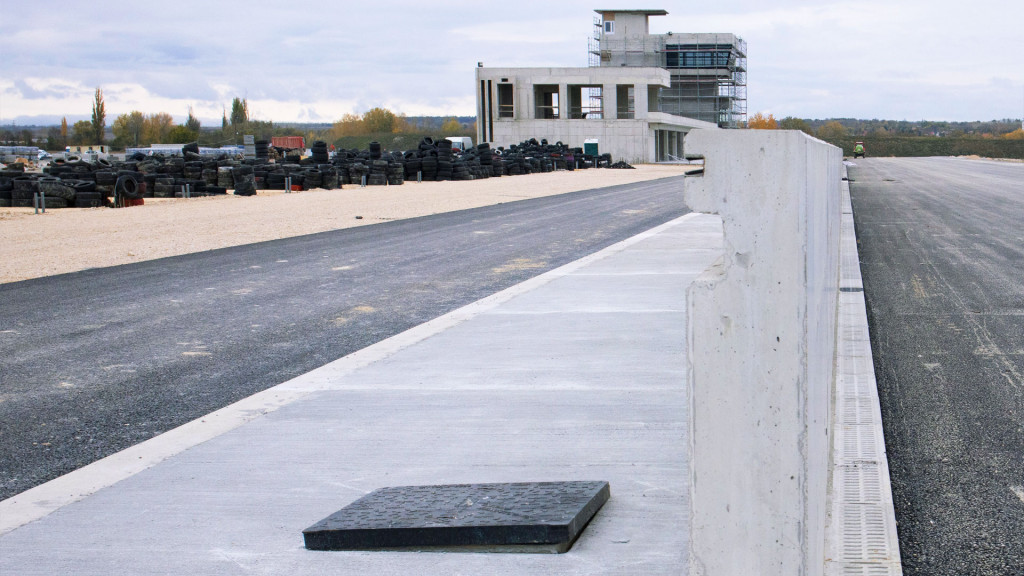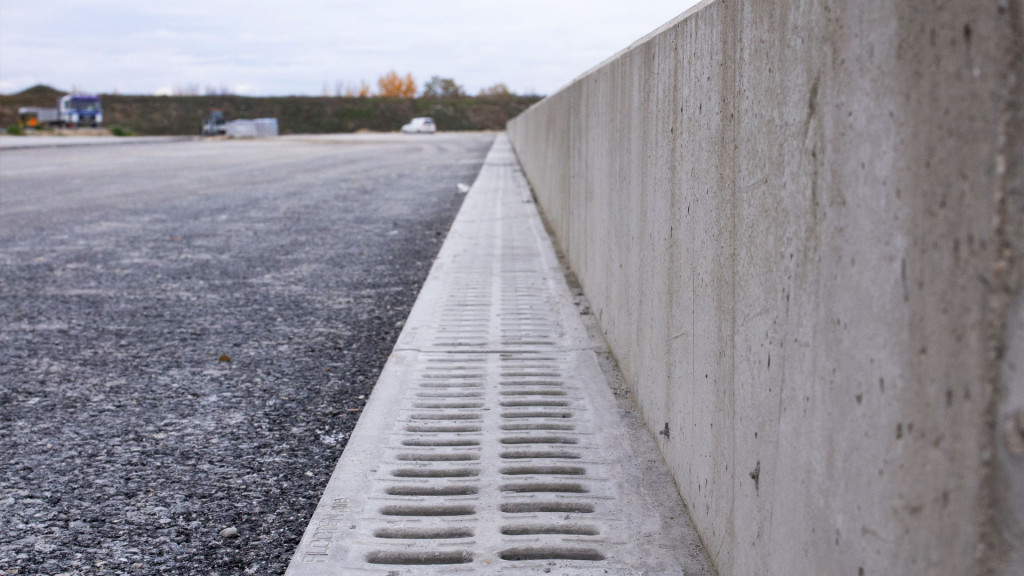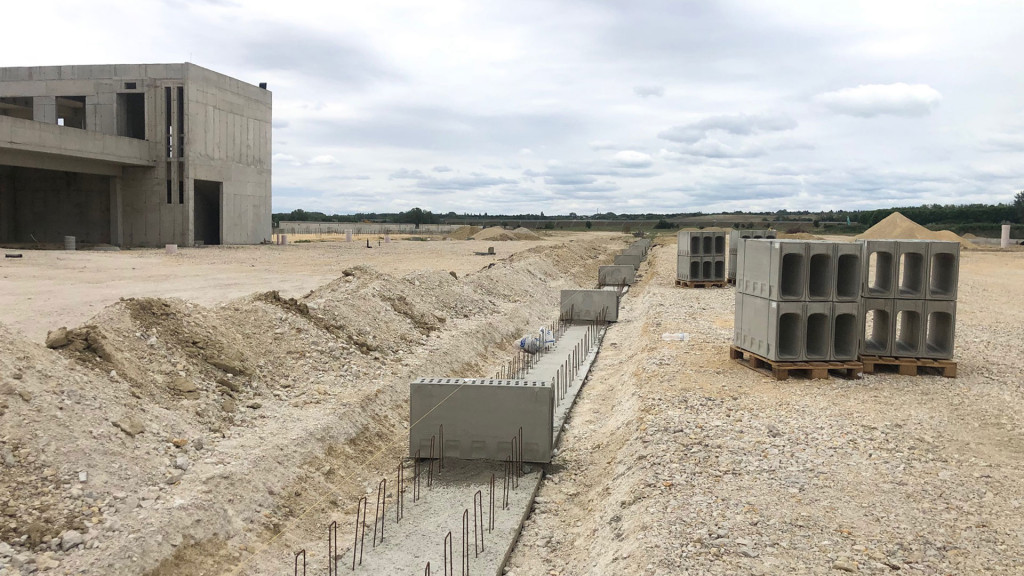Architect Ferenc Gulácsi built the Hungaroring in the 1980s and was thus one of the pioneers of Formula One behind the Iron Curtain. His latest project is a motorcycle race track known as the Balaton Park Circuit.
BALATON PARK CIRCUIT
Safe drainage with Tempo 200
BALATON PARK CIRCUIT
Safe drainage with Tempo 200

Every racing circuit is assessed based on FIA and FIM criteria and is required to achieve the highest rating possible and thus the maximum licencing grades in order to host prestigious races.

Even a race track needs to follow building regulations. These prescribe the requirements that must be observed in terms of the surrounding areas (building heights, greenery, environmental protection).
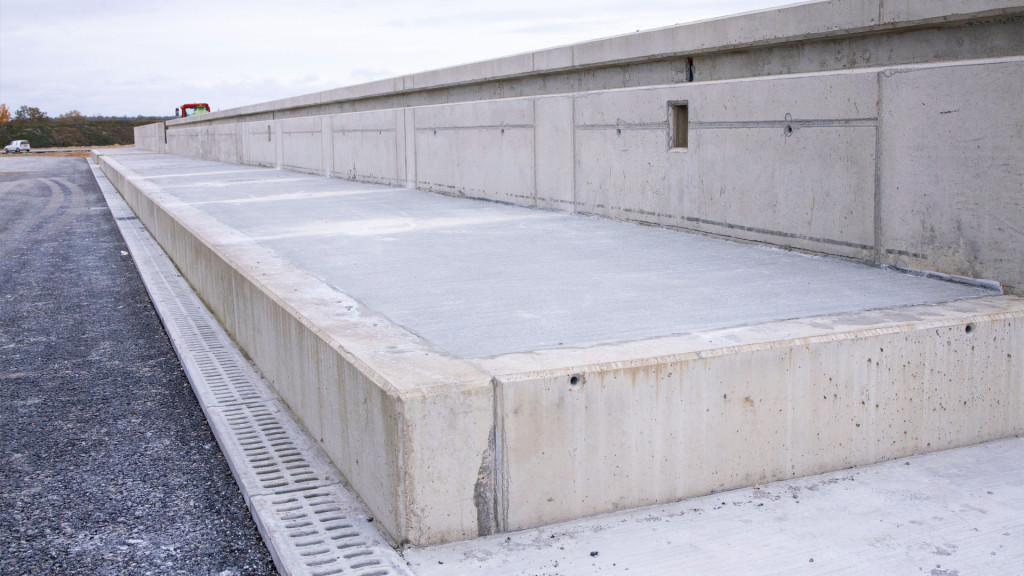
BG-FILCOTEN® one drains the paddock areas (this is the area where teams set up their operations and is also known as the driver camp). The monolithic structure of the channels guarantees maximum safety.
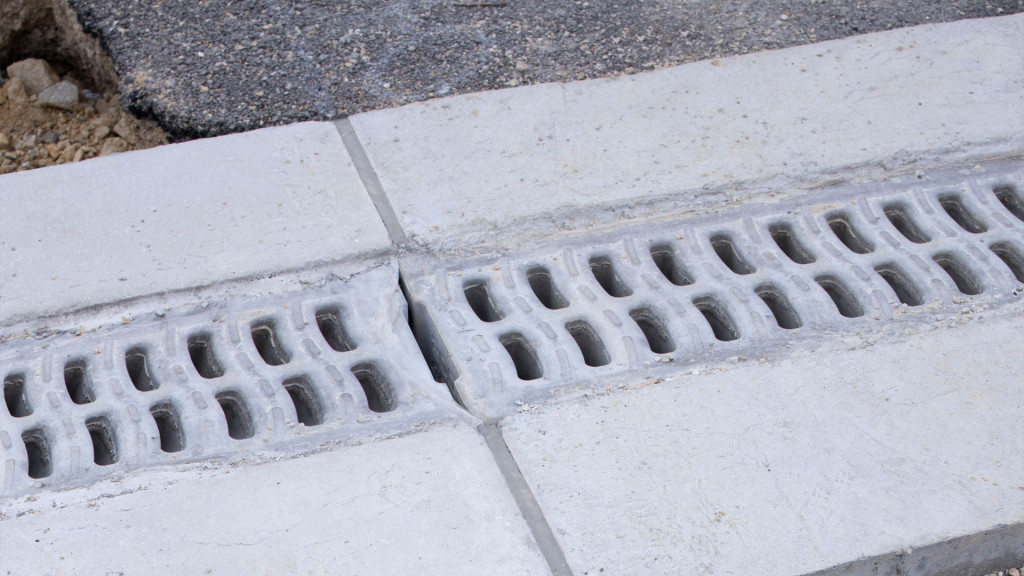
Through the unique design of the S-line inlet slots, the F900 load class channel system is capable of delivering high drainage performance results.

Architect Ferenc Gulácsi built the Hungaroring in the 1980s and was thus one of the pioneers of Formula One behind the Iron Curtain. His latest project is a motorcycle race track known as the Balaton Park Circuit.

Every racing circuit is assessed based on FIA and FIM criteria and is required to achieve the highest rating possible and thus the maximum licencing grades in order to host prestigious races.

Even a race track needs to follow building regulations. These prescribe the requirements that must be observed in terms of the surrounding areas (building heights, greenery, environmental protection).

BG-FILCOTEN® one drains the paddock areas (this is the area where teams set up their operations and is also known as the driver camp). The monolithic structure of the channels guarantees maximum safety.

Through the unique design of the S-line inlet slots, the F900 load class channel system is capable of delivering high drainage performance results.
Planning a race circuit is an intricate challenge. Designing the track layout is just one of many tasks,
The social and economic conditions were very different . It's hard to compare these two stages of life.
Needless to say, a race track also needs to follow building regulations. These prescribe that it blends in with its surrounding areas. Aside from the building height and siting requirements, stipulations concerning greenery and environmental protection must also be observed.
A monolithic channel around the circuit is the safety possibility imaginable, because the channel body is made up of just one piece. Grating would be another component that would always need to be checked when combined with a channel.
The lighter weight was a huge advantage in terms of the delivery costs, shipping and also installation.
Tel.: +1 518 299 1500
Email: sales.usa@bg-graspointner.com
Address:
BG-Graspointner USA Inc.
134 Boynton Ave
Plattsburgh, NY 12901
Project profile
Project name
Balaton Park Circuit motor racing circuit
Location
Balatonfőkajár, Hungary
Installed channel types
BG-FILCOTEN® one NM 150 No. 0, H=1000mm, RSZ 23/52mm
BG-FILCOTEN® one NM 200 No. 0, H=1000mm, RSZ 23/70mm
BG-FILCOTEN® one NM 200 No. -0, H=1000mm, RSZ 23/70mm
Total length in metres
1615 m
BG-Project team:
Architect/planner
Gulácsi Ferenc
Building contractor
Kazamata-Bau Kft. / Zoltán Csanádi
Opitz Tamás
Managing Director Hungary
BG-Graspointner | Ungarn



